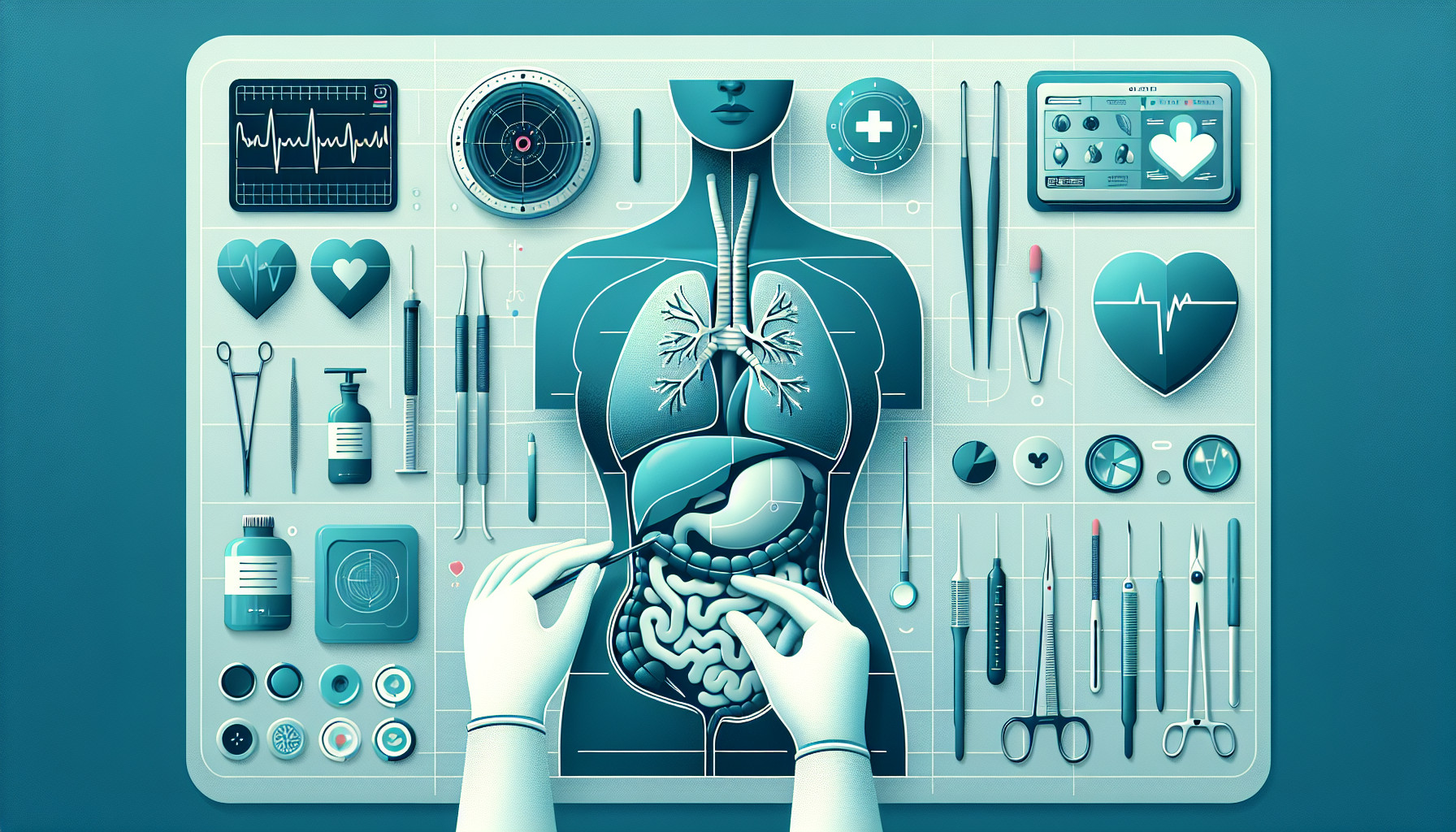Our Summary
This research paper discusses the potential of using stem cells, which are special types of cells with the ability to develop into many different types of cells in the body, in reconstructive and plastic surgery. The article particularly focuses on a type of stem cell known as adipose-derived stem cells (ADSC), which come from fat tissue and can turn into various types of cells. These cells are seen as ideal because they’re easy to obtain and produce a large number of stem cells. The paper aims to compile and discuss information about how ADSC multiply and transform into other cells, as well as how they might be used in surgery to repair or regenerate body tissues. The authors also touch on the challenges of using other types of stem cells, such as those derived from embryos, due to regulations and ethical issues.
FAQs
- What are adipose-derived stem cells and why are they considered ideal for reconstructive and plastic surgery?
- How might adipose-derived stem cells be used in surgery to repair or regenerate body tissues?
- What are some challenges associated with using other types of stem cells, such as those derived from embryos, in reconstructive surgery?
Doctor’s Tip
A doctor might tell a patient considering reconstructive surgery that using stem cells, particularly adipose-derived stem cells, in the procedure could potentially lead to better healing and outcomes. They might explain that stem cells have the ability to regenerate and repair damaged tissues, which could result in improved aesthetic and functional results. Additionally, the doctor may mention that using stem cells from the patient’s own body, such as ADSC, can reduce the risk of rejection or complications associated with traditional surgery. It is important for the patient to discuss all options and potential benefits with their doctor before making a decision about their reconstructive surgery.
Suitable For
Patients who may benefit from reconstructive surgery include those who have experienced trauma, injury, or deformities that affect their appearance or function. This can include individuals with congenital abnormalities, burns, scars, cleft lip and palate, breast cancer survivors, and those seeking cosmetic enhancements. Reconstructive surgery aims to restore form and function to affected areas of the body, improving quality of life and self-esteem for patients.
Timeline
Before reconstructive surgery:
- Consultation: The patient meets with a plastic surgeon to discuss their goals, concerns, and expectations for the surgery.
- Physical examination: The surgeon evaluates the patient’s overall health, skin quality, and specific areas of concern to determine if they are a suitable candidate for surgery.
- Pre-operative preparation: The patient may be required to undergo additional tests, stop certain medications, and follow specific pre-operative instructions to ensure a successful surgery.
- Surgical planning: The surgeon creates a personalized surgical plan based on the patient’s goals and anatomy, taking into account factors such as incision placement, tissue grafting, and post-operative care.
After reconstructive surgery:
- Immediate recovery: The patient is closely monitored in the recovery room to ensure they are stable and comfortable after surgery.
- Post-operative care: The patient receives instructions on wound care, pain management, activity restrictions, and follow-up appointments to promote optimal healing.
- Long-term recovery: The patient continues to heal and see gradual improvements in their appearance as swelling, bruising, and scarring diminish over time.
- Follow-up appointments: The patient visits the surgeon for regular check-ups to monitor their progress, address any concerns, and discuss potential additional treatments or revisions.
- Final results: The patient eventually achieves the desired outcome of the surgery, with improved function, aesthetics, and overall quality of life.
What to Ask Your Doctor
- What specific benefits can stem cell-based reconstructive surgery offer over traditional methods?
- Are there any potential risks or complications associated with using adipose-derived stem cells in reconstructive surgery?
- How long does the recovery process typically take for patients undergoing stem cell-based reconstructive surgery?
- Are there any specific factors that may impact the success of a stem cell-based reconstructive surgery procedure?
- What type of follow-up care or monitoring is necessary after undergoing stem cell-based reconstructive surgery?
- How does the cost of stem cell-based reconstructive surgery compare to traditional methods?
- Are there any ongoing research studies or clinical trials related to stem cell-based reconstructive surgery that I should be aware of?
- How experienced are you and your team in performing stem cell-based reconstructive surgery procedures?
- What are the expected results and outcomes of a stem cell-based reconstructive surgery procedure?
- Are there any alternative treatment options or approaches that I should consider before deciding to undergo stem cell-based reconstructive surgery?
Reference
Authors: Naderi N, Combellack EJ, Griffin M, Sedaghati T, Javed M, Findlay MW, Wallace CG, Mosahebi A, Butler PE, Seifalian AM, Whitaker IS. Journal: Int Wound J. 2017 Feb;14(1):112-124. doi: 10.1111/iwj.12569. Epub 2016 Feb 1. PMID: 26833722
